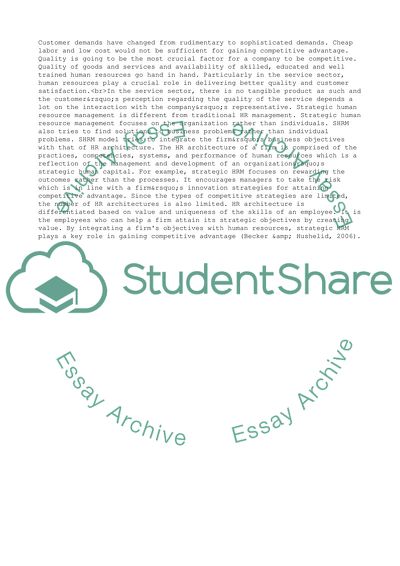Cite this document
(Strategic Human Resource Management and Competitive Advantage Dissertation, n.d.)
Strategic Human Resource Management and Competitive Advantage Dissertation. Retrieved from https://studentshare.org/management/1739108-strategic-human-resource-management
Strategic Human Resource Management and Competitive Advantage Dissertation. Retrieved from https://studentshare.org/management/1739108-strategic-human-resource-management
(Strategic Human Resource Management and Competitive Advantage Dissertation)
Strategic Human Resource Management and Competitive Advantage Dissertation. https://studentshare.org/management/1739108-strategic-human-resource-management.
Strategic Human Resource Management and Competitive Advantage Dissertation. https://studentshare.org/management/1739108-strategic-human-resource-management.
“Strategic Human Resource Management and Competitive Advantage Dissertation”, n.d. https://studentshare.org/management/1739108-strategic-human-resource-management.


